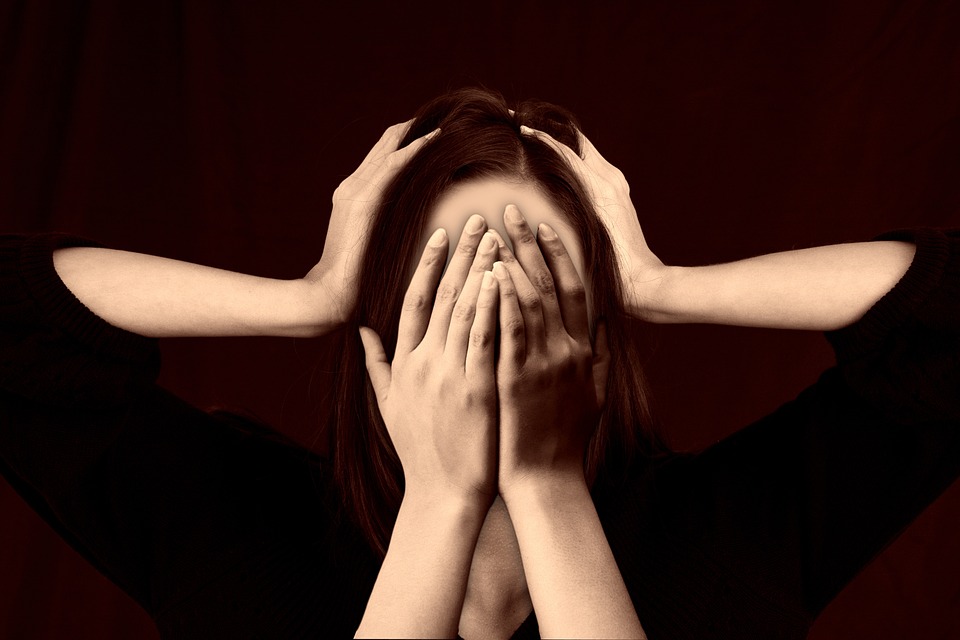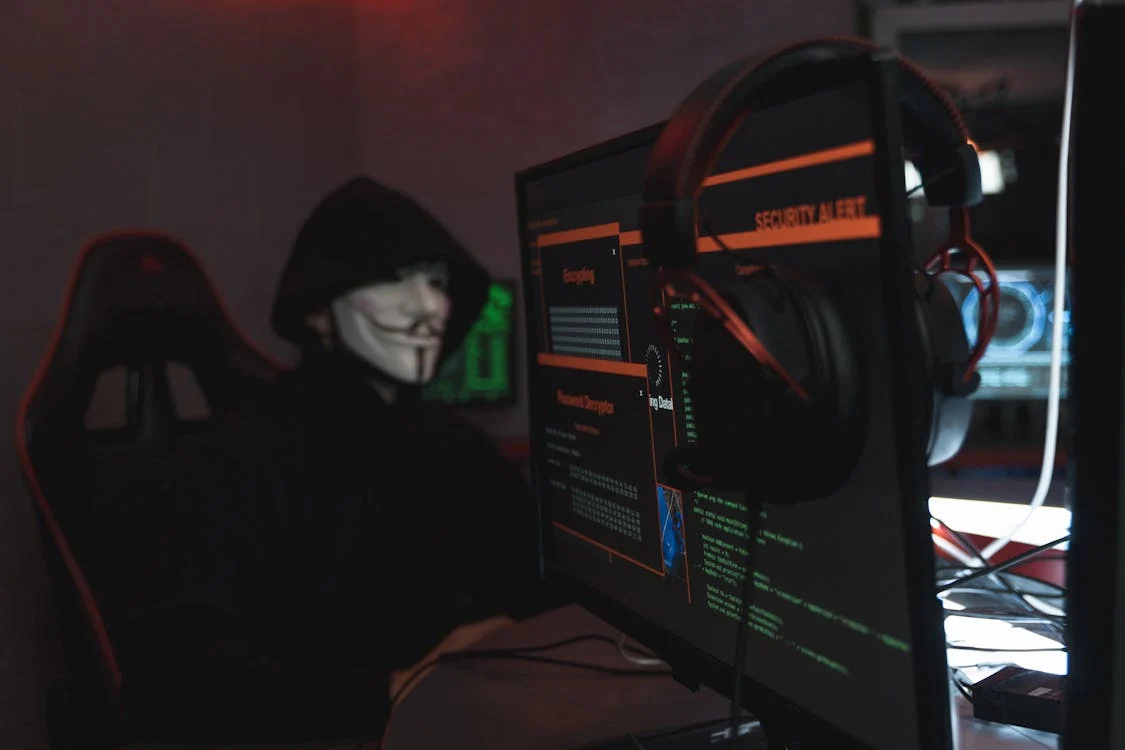The Vibe Check: Why Mental Health Is the Real Flex in 2025
Mental Health in 2025: Thriving in a World That Won’t Slow Down. Let’s be honest: the world isn’t getting any slower. From constant notifications to societal pressure to look like we have it all together, the mental toll is real. Welcome to 2025—where mental health isn’t just a trending hashtag, it’s the foundation of how we work, love, create, and exist. If you’re still treating it as a luxury, you’re living in the past. This series dives deep into what mental health really looks like today, why it matters more than ever, and how we can reclaim our peace in a chaotic world.
Forget stiff medical jargon—this is about real talk. It’s time we normalize the ups and downs, have honest conversations, and equip ourselves (and each other) with tools that actually work.
What Is Mental Health, Really?
Mental health is more than the absence of illness. It’s your ability to handle stress, bounce back from failure, build strong relationships, and enjoy life. Think of it as emotional fitness. Just like your body needs exercise, your mind needs care, too.
It includes:
- Emotional well-being: How you process feelings.
- Psychological health: How you think, reason, and cope.
- Social functioning: How you relate to others and the world.
In short, it’s not just a personal issue—it’s societal. How mentally healthy we are shapes our productivity, relationships, creativity, and even the economy.
The World Is Different—So Is Our Mental Health
Mental Health in 2025: Thriving in a World That Won’t Slow Down. The last decade threw curveballs like a Netflix drama. Pandemic aftermaths, job insecurity, climate anxiety, and digital burnout all contribute to a global mental health crisis. But what makes 2025 different is the awareness. We’re talking more, advocating more, and (slowly) prioritizing well-being.
But even with all this progress, stigma still exists. Many suffer in silence. And that needs to change—starting here.
Top Struggles We’re All Facing Right Now
- Anxiety and Depression: No, it’s not all in your head. Rates have surged globally, especially among Gen Z and Millennials. From eco-anxiety to economic stress, people are overwhelmed.
- Burnout: Not just a work problem anymore. Burnout is a whole-life phenomenon—parenting, caregiving, hustling, surviving.
- Loneliness: Ironically, in a hyper-connected world, we feel more isolated than ever. Real community is rare, and that’s hurting our mental state.
- Sleep Disorders: Thanks to late-night scrolling and stress, insomnia is the new norm.
The Brain-Body Loop: It’s All Connected
Your gut, your hormones, your nervous system—they all talk to your brain. Poor diet? You’ll feel it emotionally. No sleep? Your focus and mood tank. Neglect your physical health, and your mental health follows.
This is why holistic care is the future: nutrition, fitness, therapy, community, spirituality—they all matter. You can’t fix your mind in isolation.
Digital Drain: Are We Addicted to Anxiety?
Social media can be empowering, but it can also feed our insecurities and trigger FOMO, comparison, and dopamine overload. Doomscrolling at 2 a.m. isn’t just bad for your eyes—it’s disrupting your nervous system.
The rise in digital wellness movements—like screen time tracking and digital detox challenges—signals a pushback. But let’s be real: balance is harder than it looks.
The Healing Toolkit: What Actually Helps
Here’s the good news: healing is possible, and it doesn’t always require a therapist (though therapy rocks).
Try these:
- Mindfulness apps like Headspace or Insight Timer.
- Movement therapy (yoga, dance, or even daily walks).
- Journaling to track moods and release emotion.
- Social connection, both in person and online support groups.
- Creative outlets like music, art, or writing.
Who’s Most at Risk in 2025?
- Young Adults: Facing climate dread, job uncertainty, and social media overload.
- Mothers & Caregivers: Often overlooked and overstretched.
- Remote Workers: Blurred lines between life and work lead to chronic burnout.
- Marginalized Groups: Discrimination, microaggressions, and lack of access to care impact BIPOC and LGBTQ+ communities disproportionately.
Recognizing this helps us push for better, more inclusive solutions.
We Need Systemic Change Too
Individual coping tools are great, but we also need systemic changes:
- Better access to mental healthcare.
- Mandatory mental health education in schools.
- Paid mental health days at work.
- Insurance coverage for therapy.
It’s not just a “you” problem—it’s an “us” issue.
Let’s Talk About It
Here’s the wild part: most people struggling with mental health don’t talk about it. Fear of judgment, not knowing where to start, or thinking “I should be fine” keeps too many people stuck.
Talking is healing. Listening is healing. Community is medicine.
What This Series Will Cover Next
This is just the first step. The rest of the series will dive into:
- In-depth looks at anxiety, depression, trauma, and more.
- Science-backed tools for resilience.
- Real-life stories.
- How to support others.
You don’t have to do this alone. And you don’t have to have it all figured out. Healing is messy, and that’s okay.
Want to Go Deeper?
Check out our related posts:
- Understanding High-Functioning Anxiety and What to Do About It
- The Hidden Cost of Burnout No One Talks About
- Digital Detox: A Realistic Guide for the Chronically Online
- How to Build a Support System That Actually Supports You
Stay tuned. Share this with a friend. And remember: you matter, always.







One thought on “Mental Health in 2025: Thriving in a World That Won’t Slow Down”